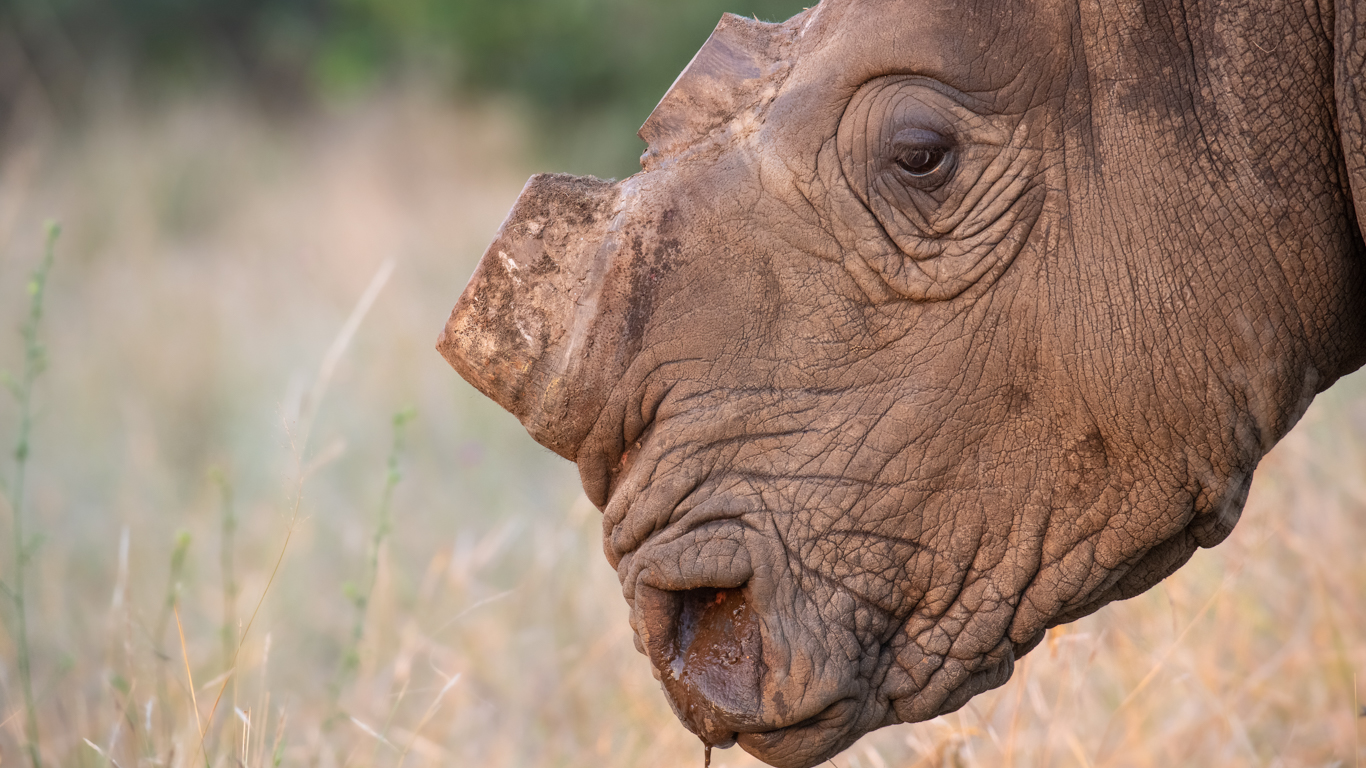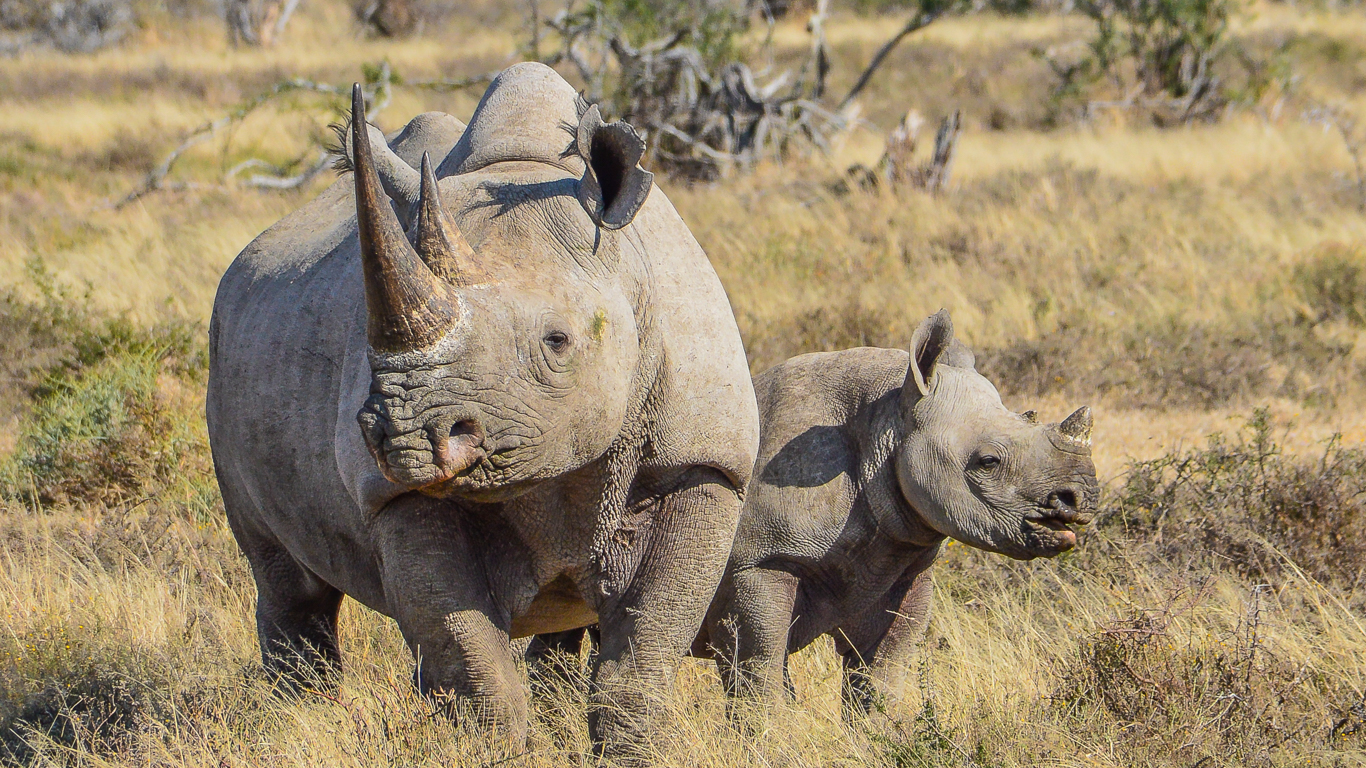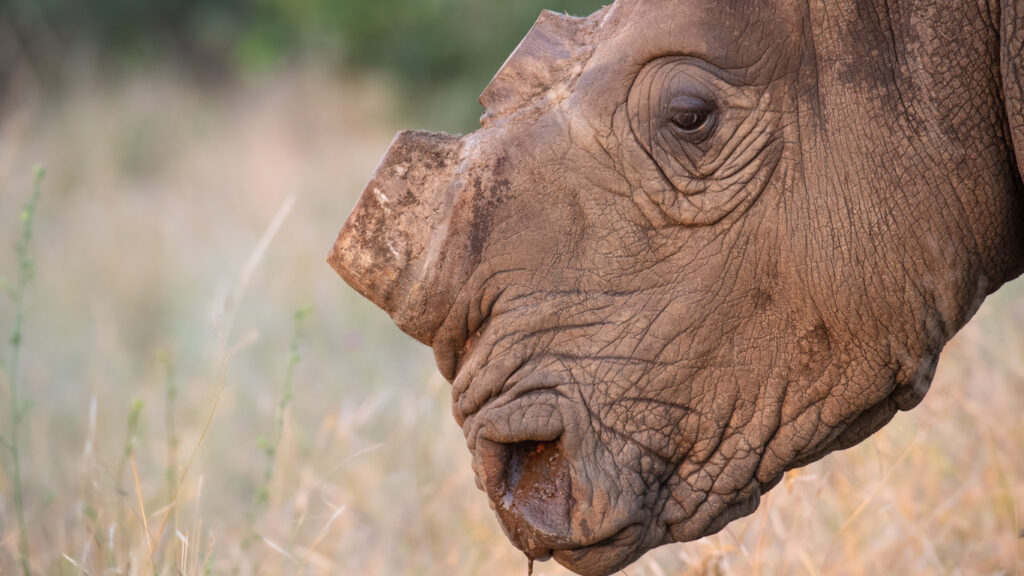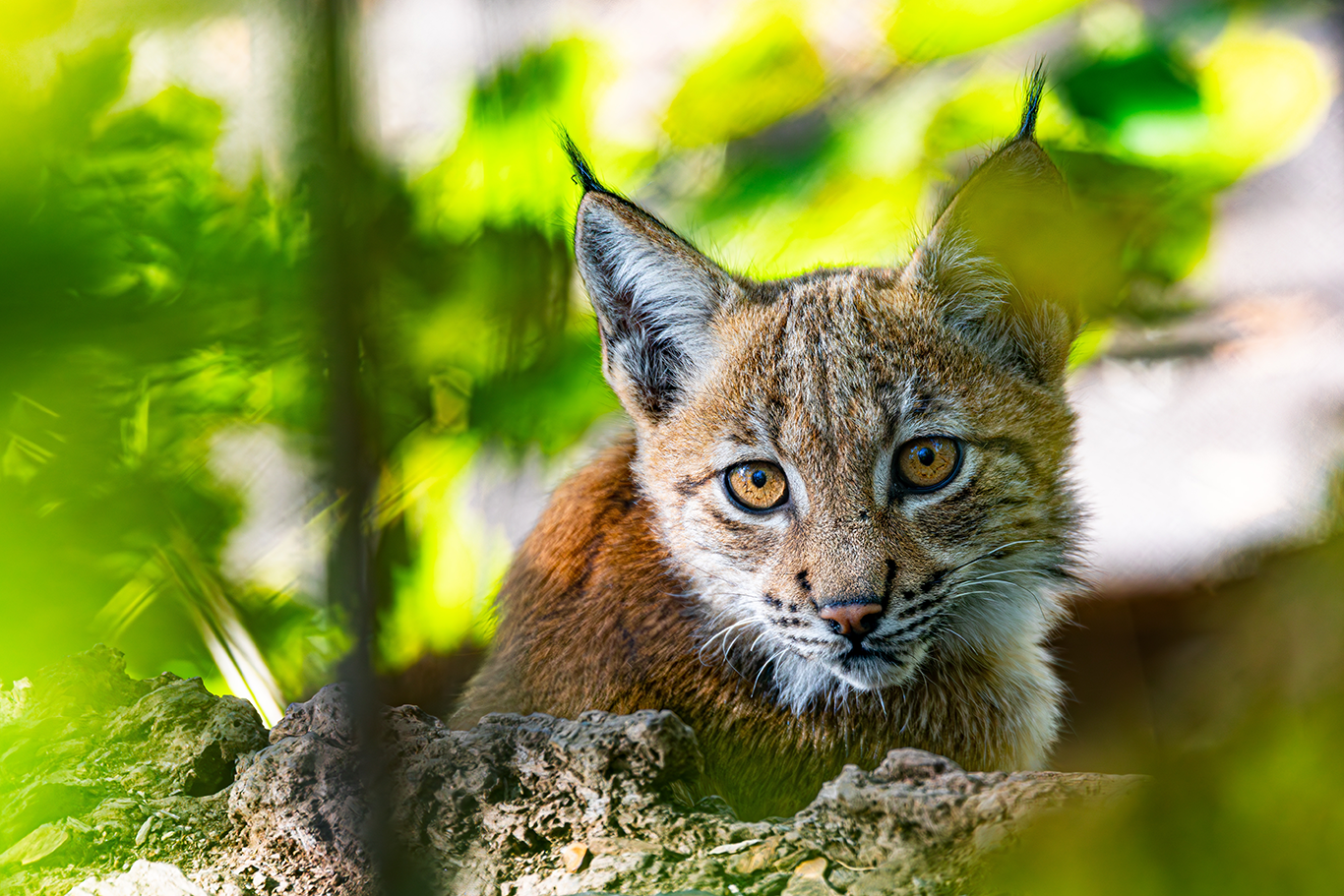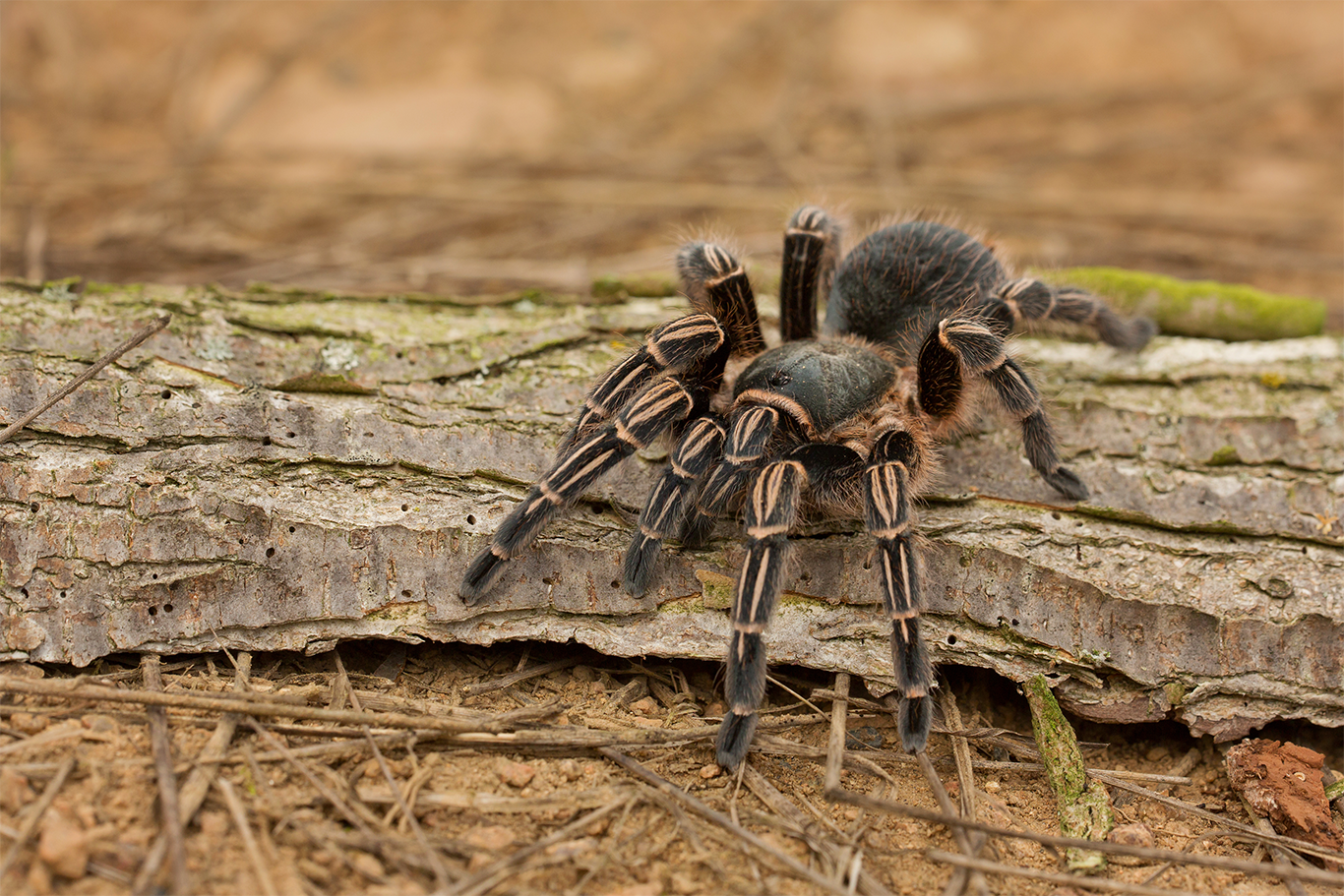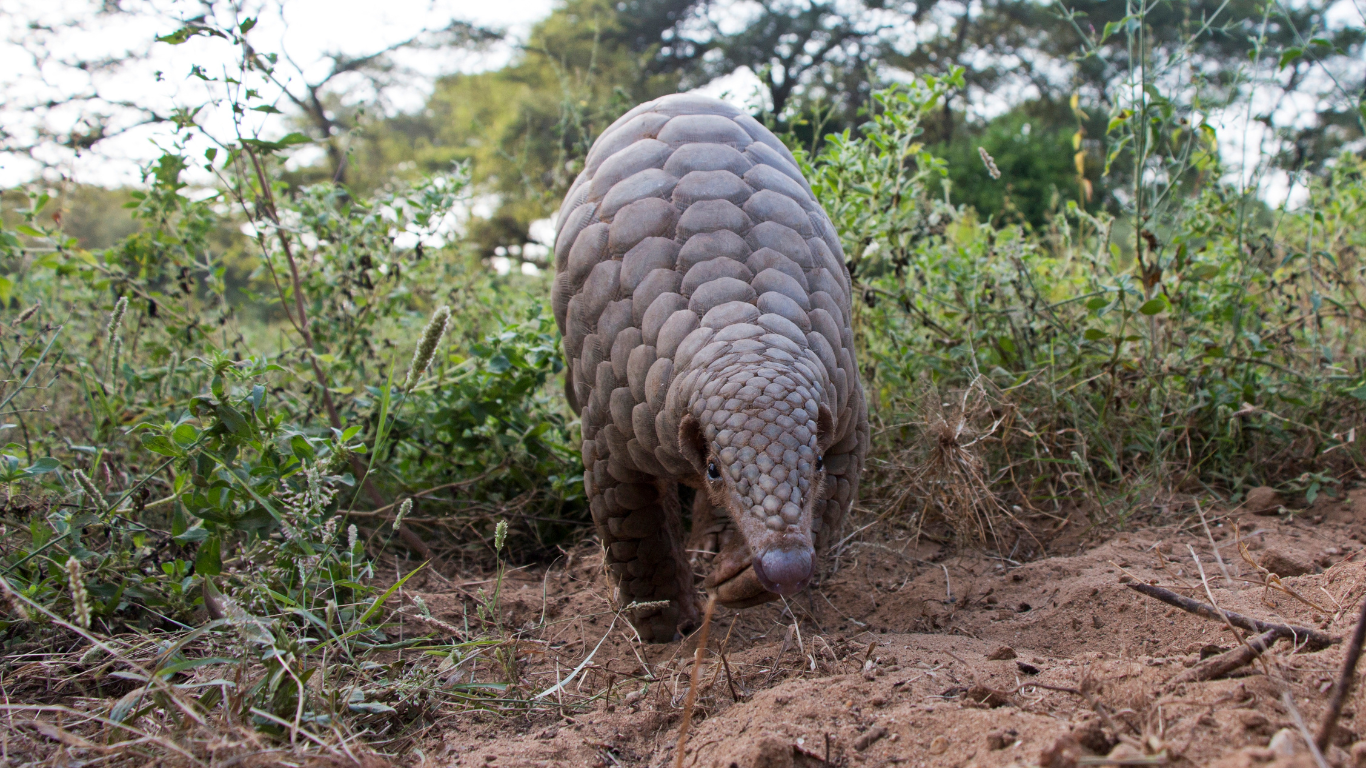A shocking all-time high of 87 endangered rhinos were poached in Namibia last year, reports Al Jazeera. This in comparison to 45 slaughtered in 2021, according to local government data.
Africa’s rhino population has been decimated over the past decades as the demand for rhino horn has surged in East Asia. The horn is considered a symbol of status or wealth and is used to make jewelry and so-called ‘traditional medicines.’
This week, Ministry of Environment, Forestry and Tourism spokesperson Romeo Muyunda said poachers killed 61 black and 26 white rhinos, primarily in Namibia’s largest wildlife reserve, Etosha National Park, where 46 were found slaughtered.
“We note with serious concern that our flagship park, Etosha National Park, is a poaching hotspot,” Muyunda said, adding that the ministry and law enforcement officials have increased their anti-poaching efforts at the park. He did not provide further details about what these steps are.
Rhino poaching has been a scourge in Southern Africa for many years, including in South Africa and Botswana. Anti-poaching and strict policing programs are in place in these countries, as is dehorning – a humane way to remove rhinos’ horns to discourage poaching. Namibia is home to the world’s last free-roaming black rhinos, and also has the world’s second-largest concentration of white rhinos after South Africa.
In a glimmer of good news, elephant poaching has declined in the country over recent years, from 101 in 2015 down to just four last year.
“As long as rhinos have horns, they will be the target of poachers,” said David Barritt, executive director of Animal Survival International. “The Namibian government has shown it can protect great species, such as elephants, from illegal slaughter – and now it is time to put those same measures in place to protect its rapidly dwindling rhino population. Wildlife is one of a country’s greatest and proudest treasures, and the Namibian government must simply not allow it to be decimated by poaching.”

